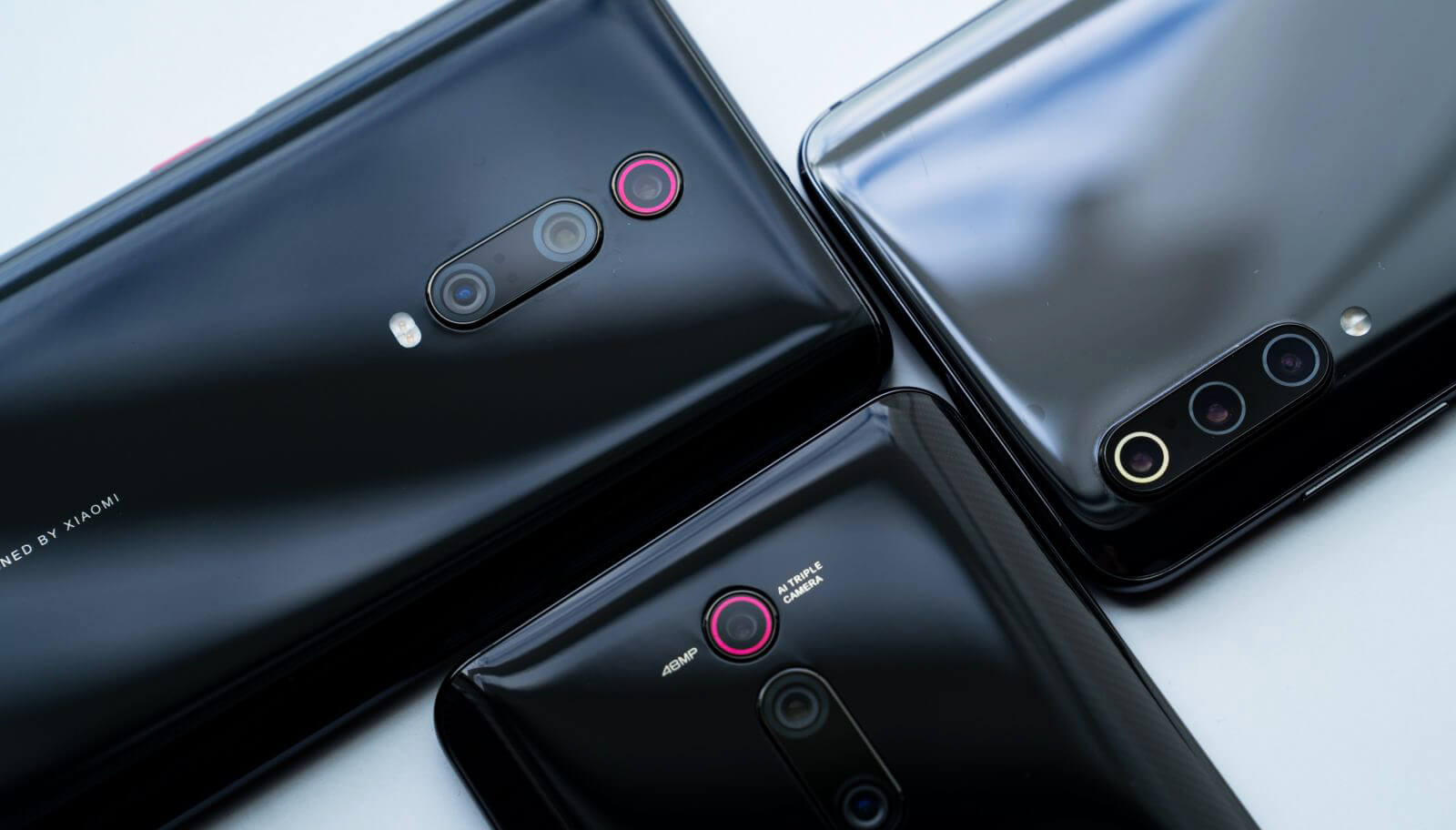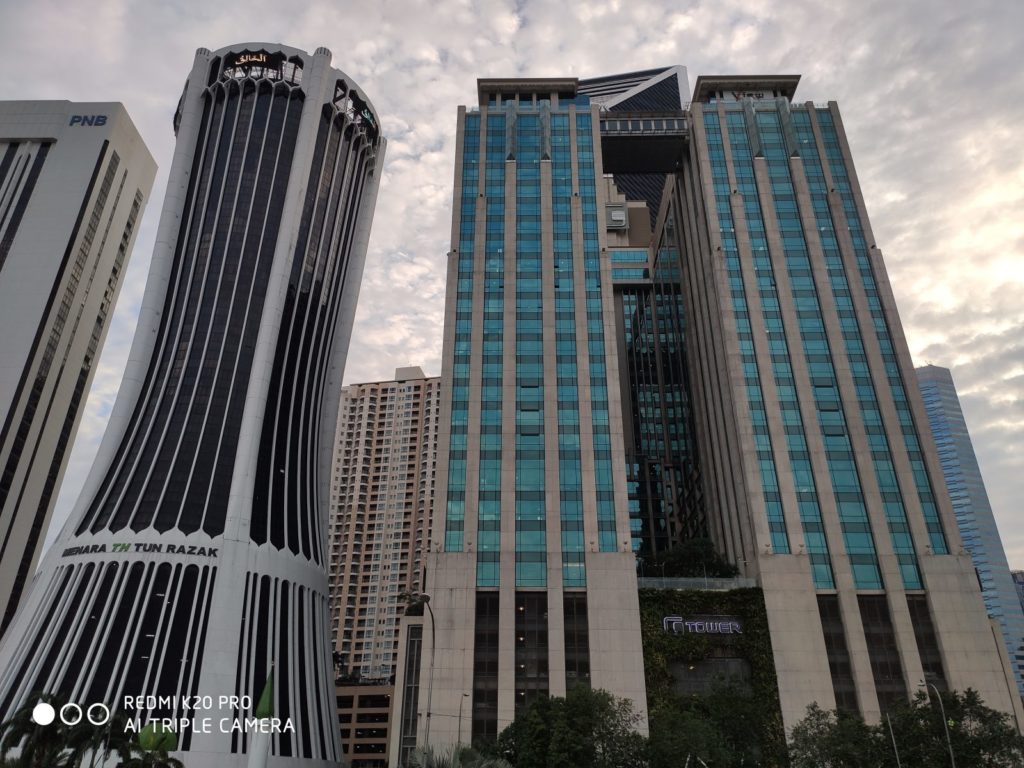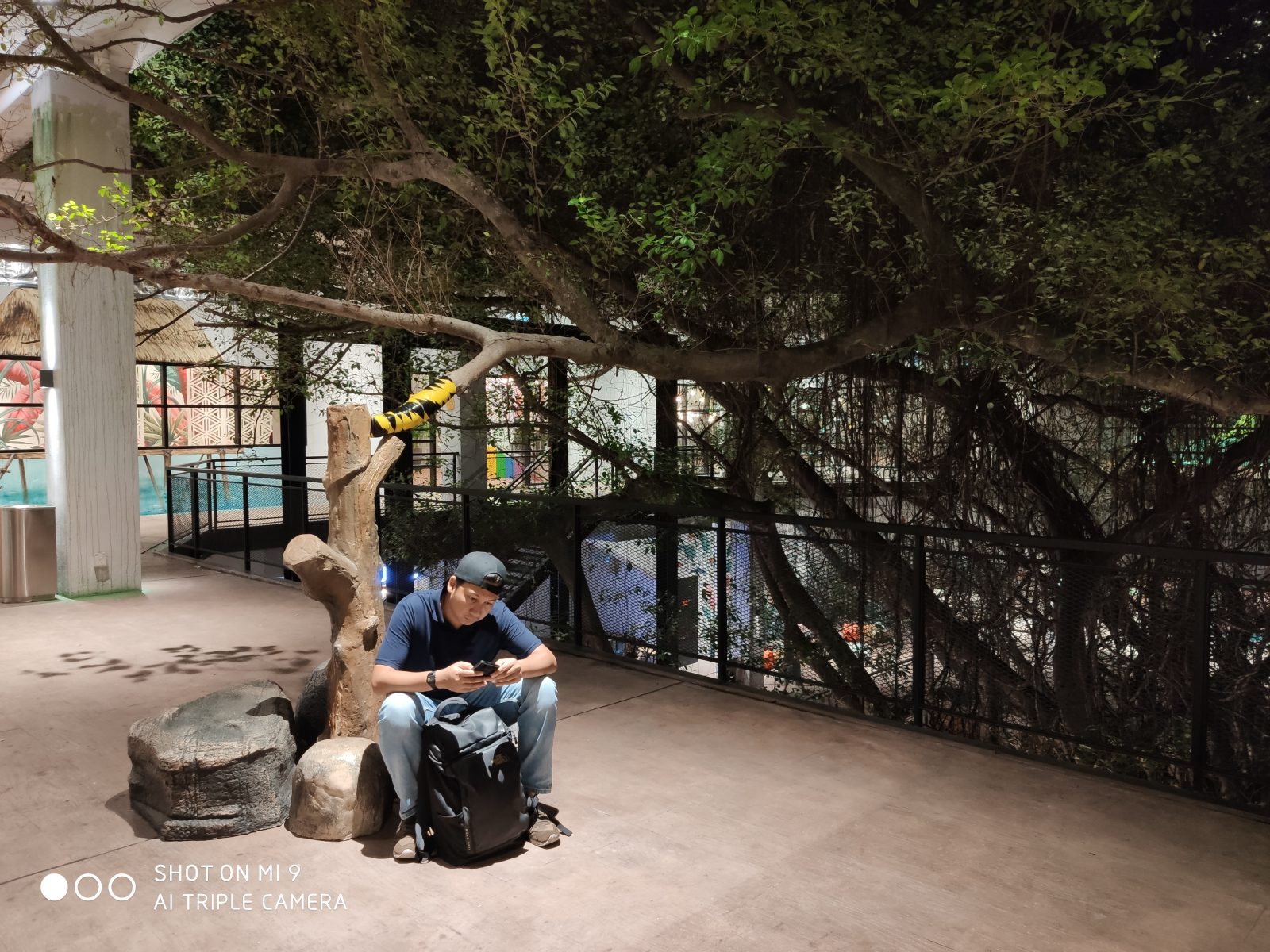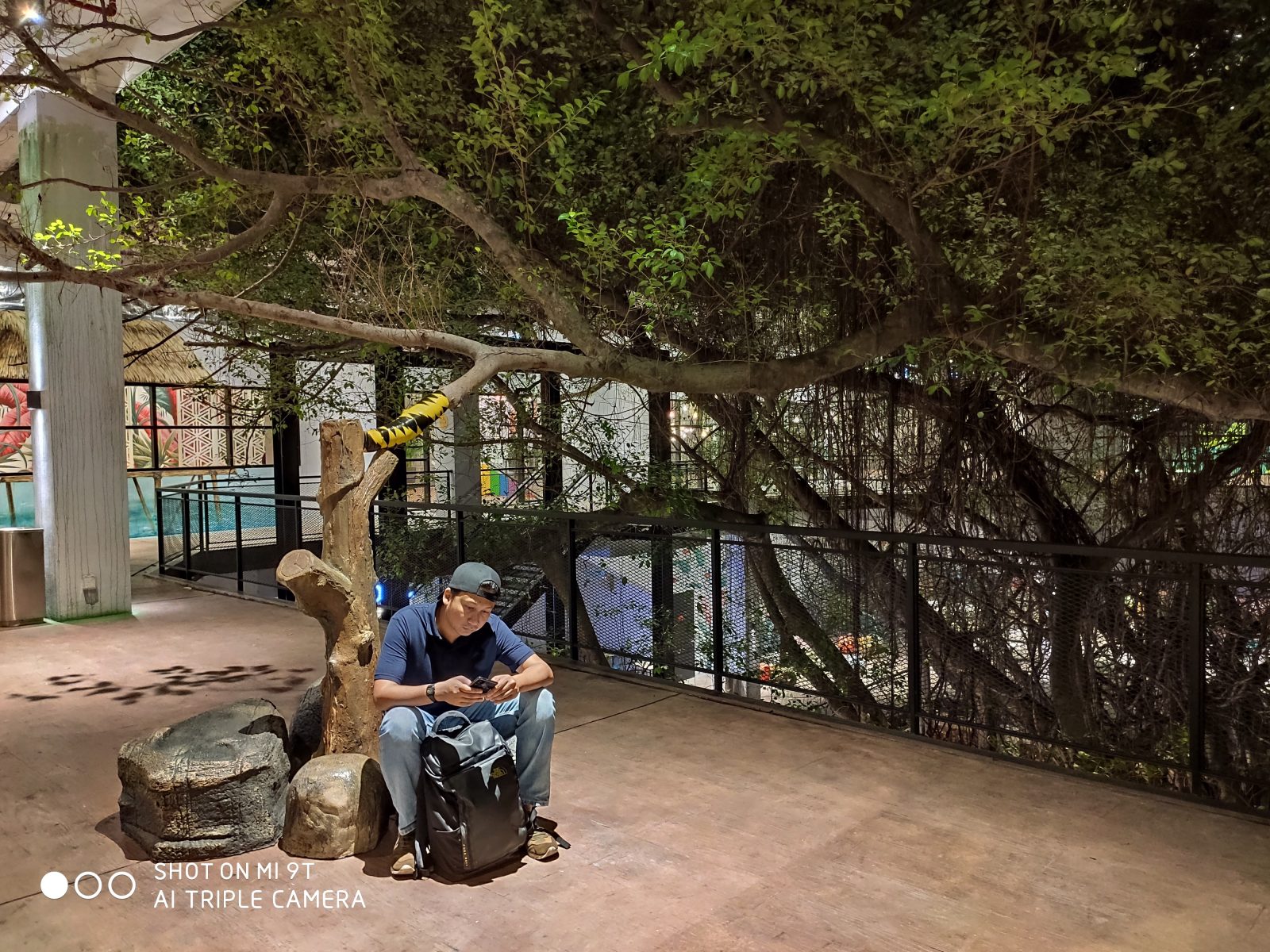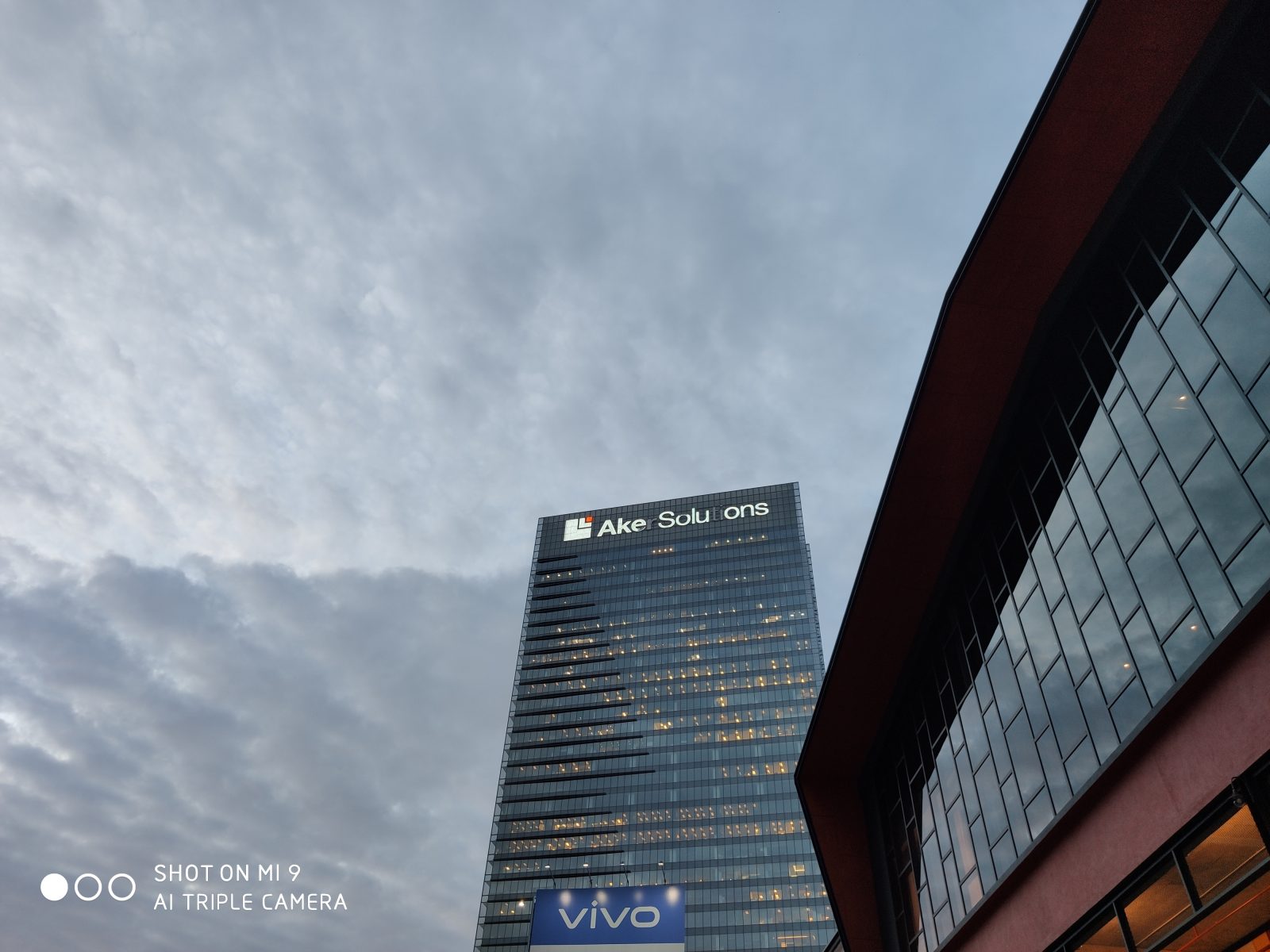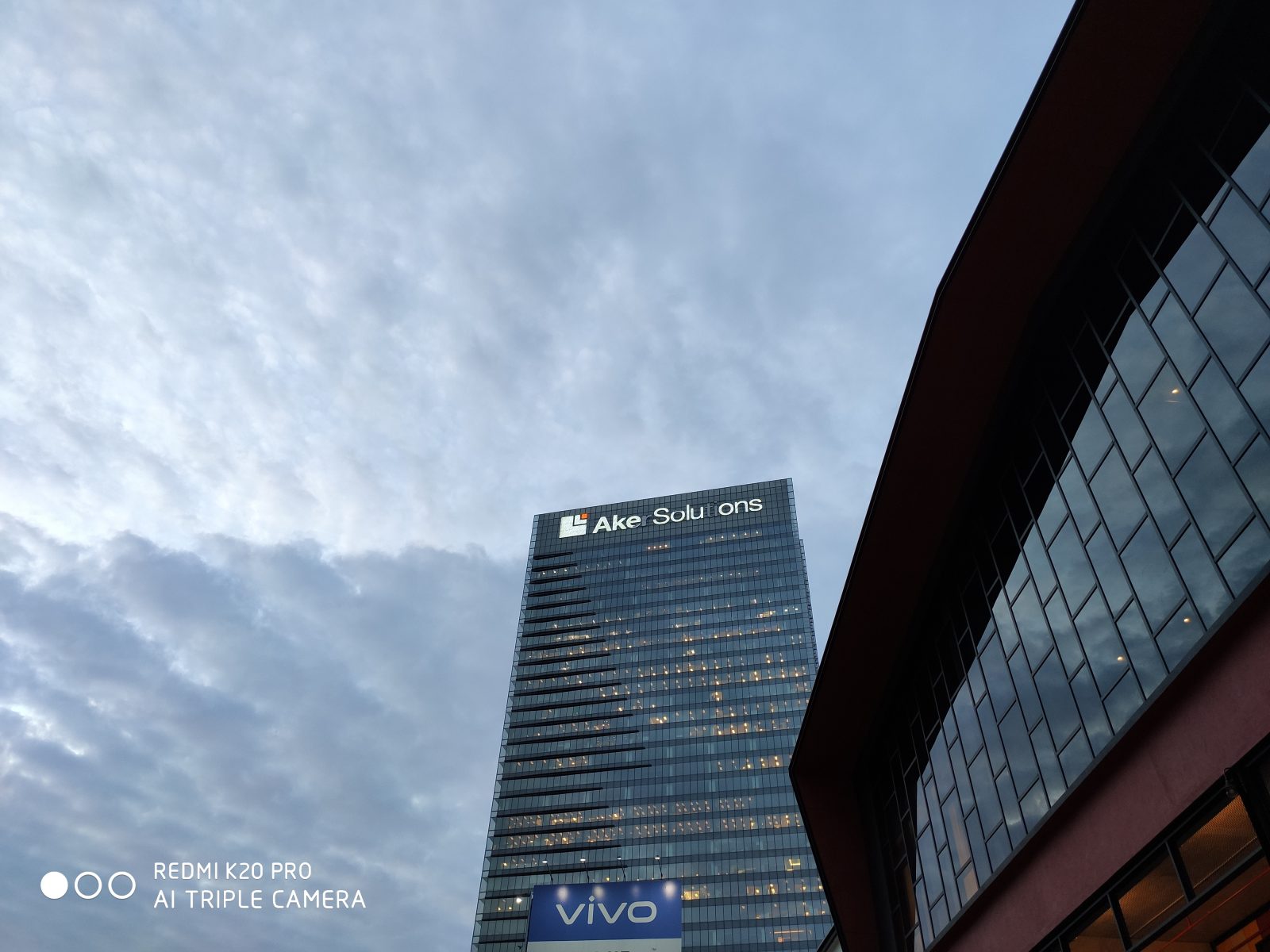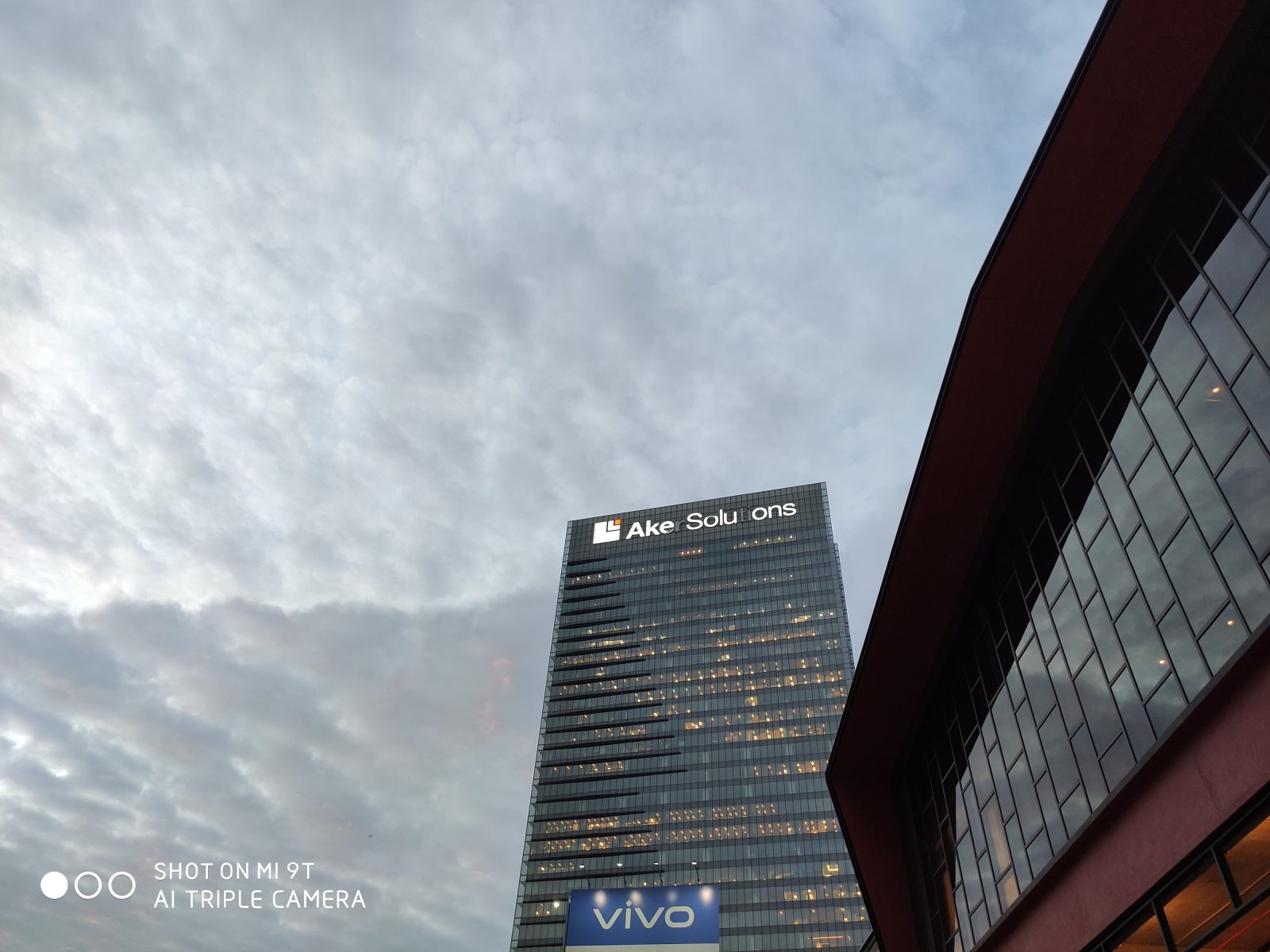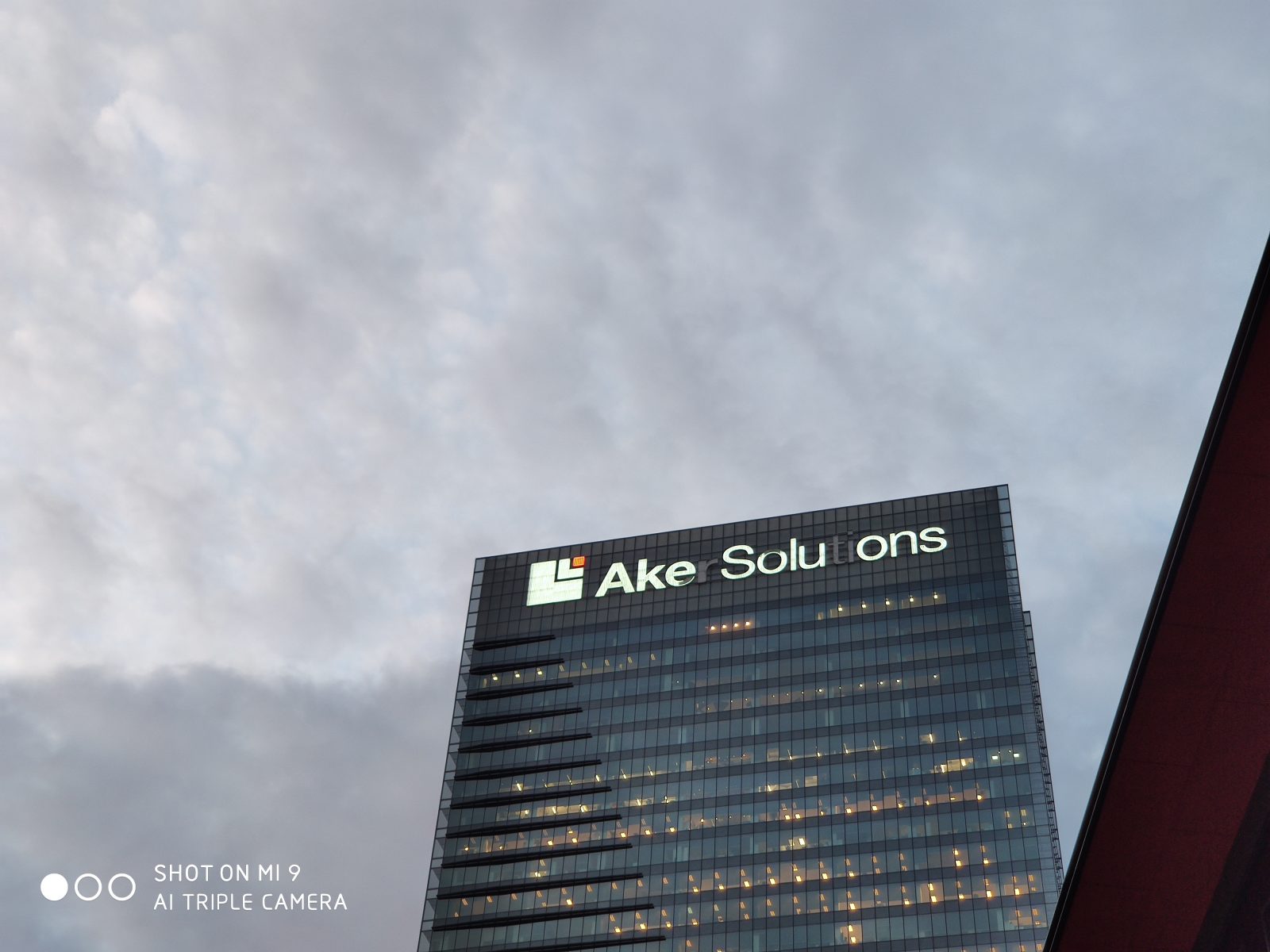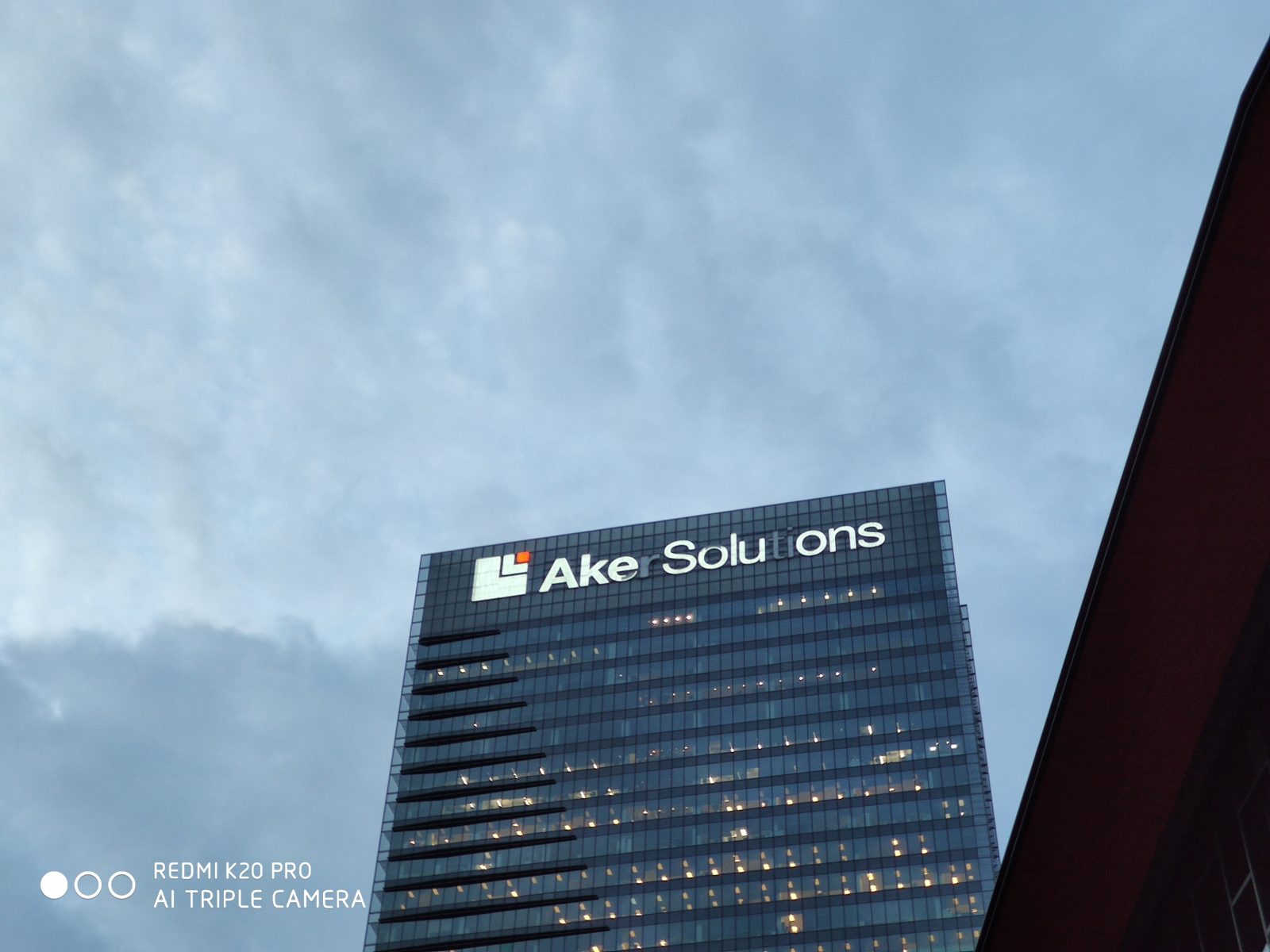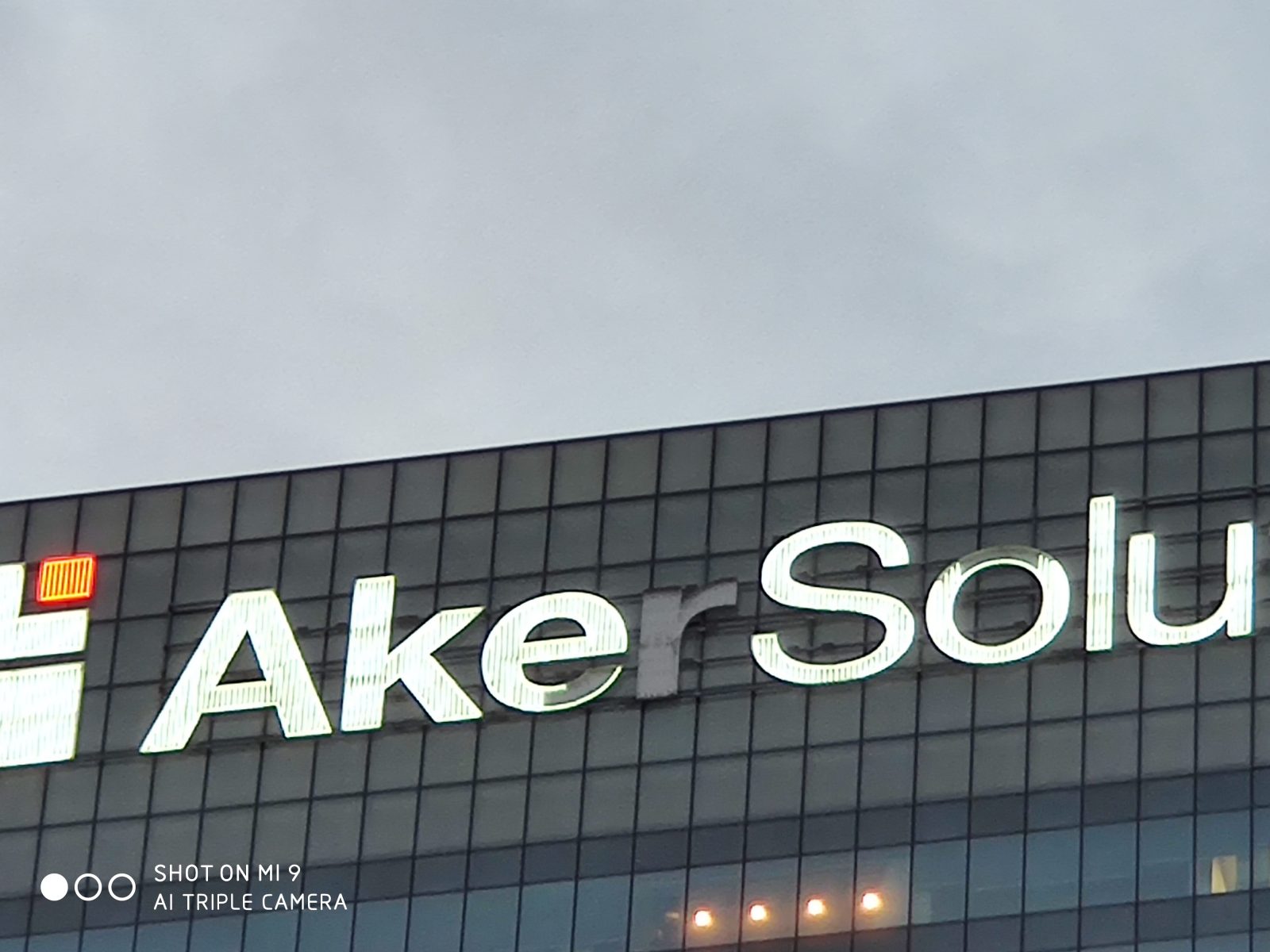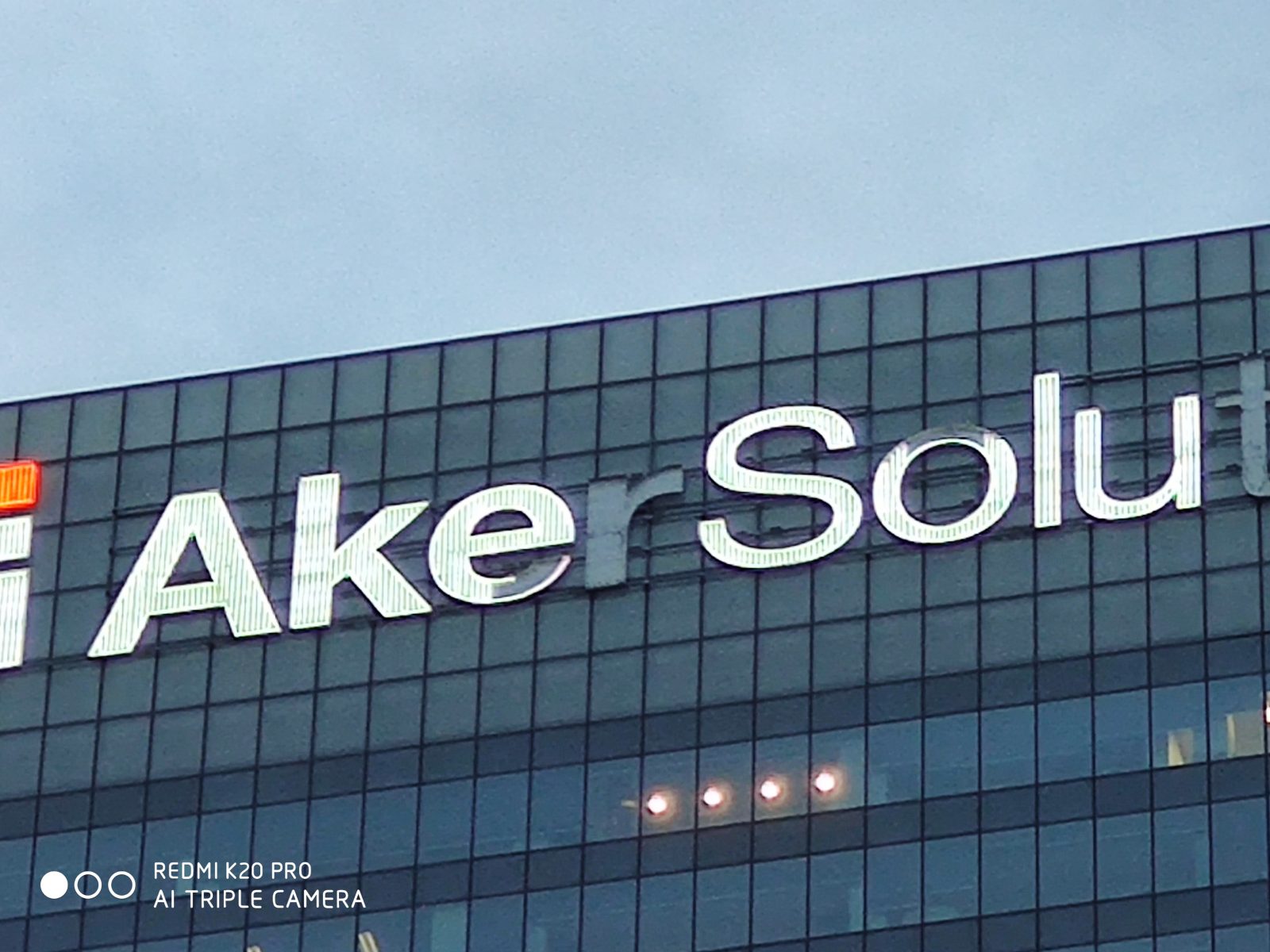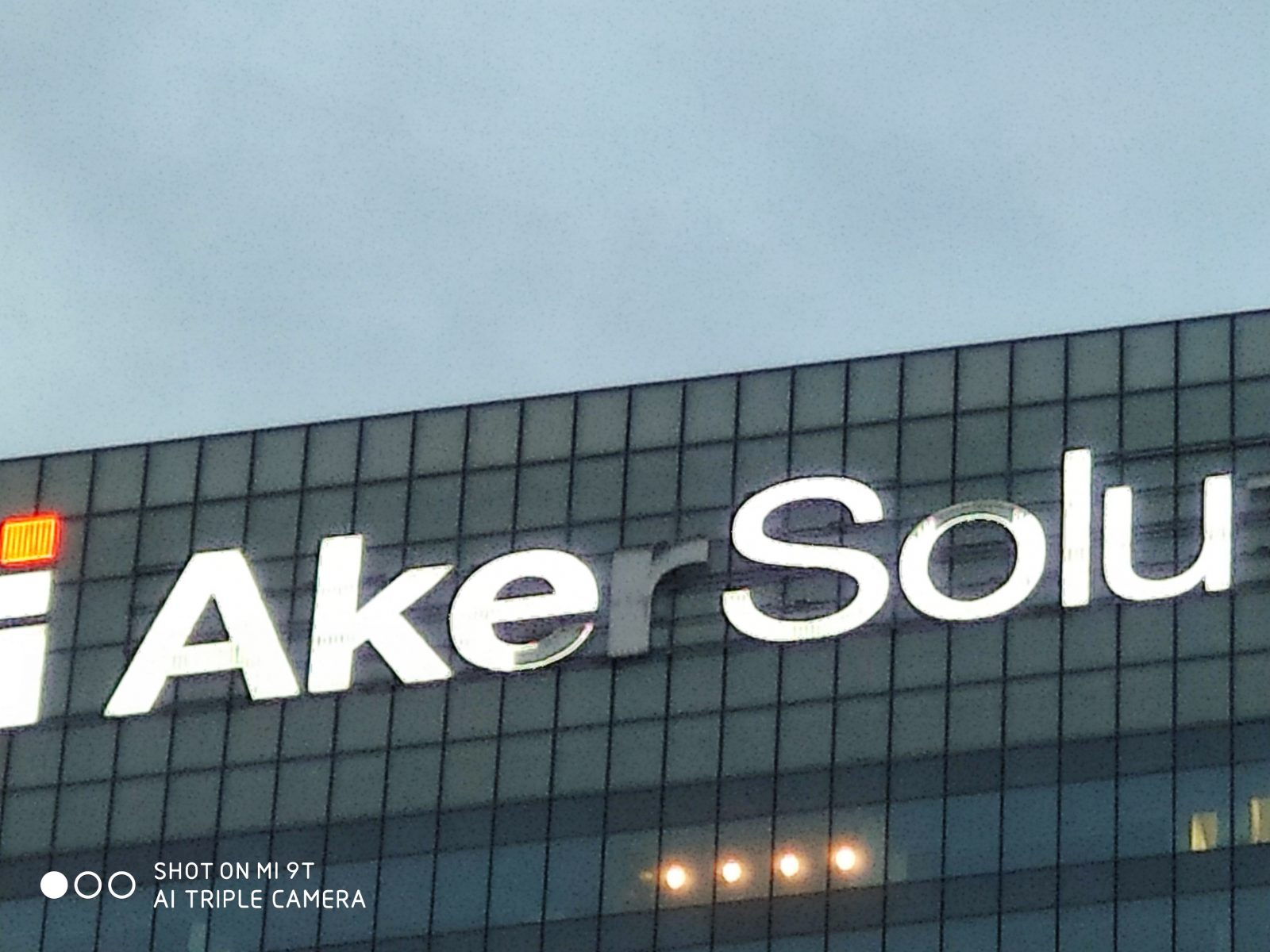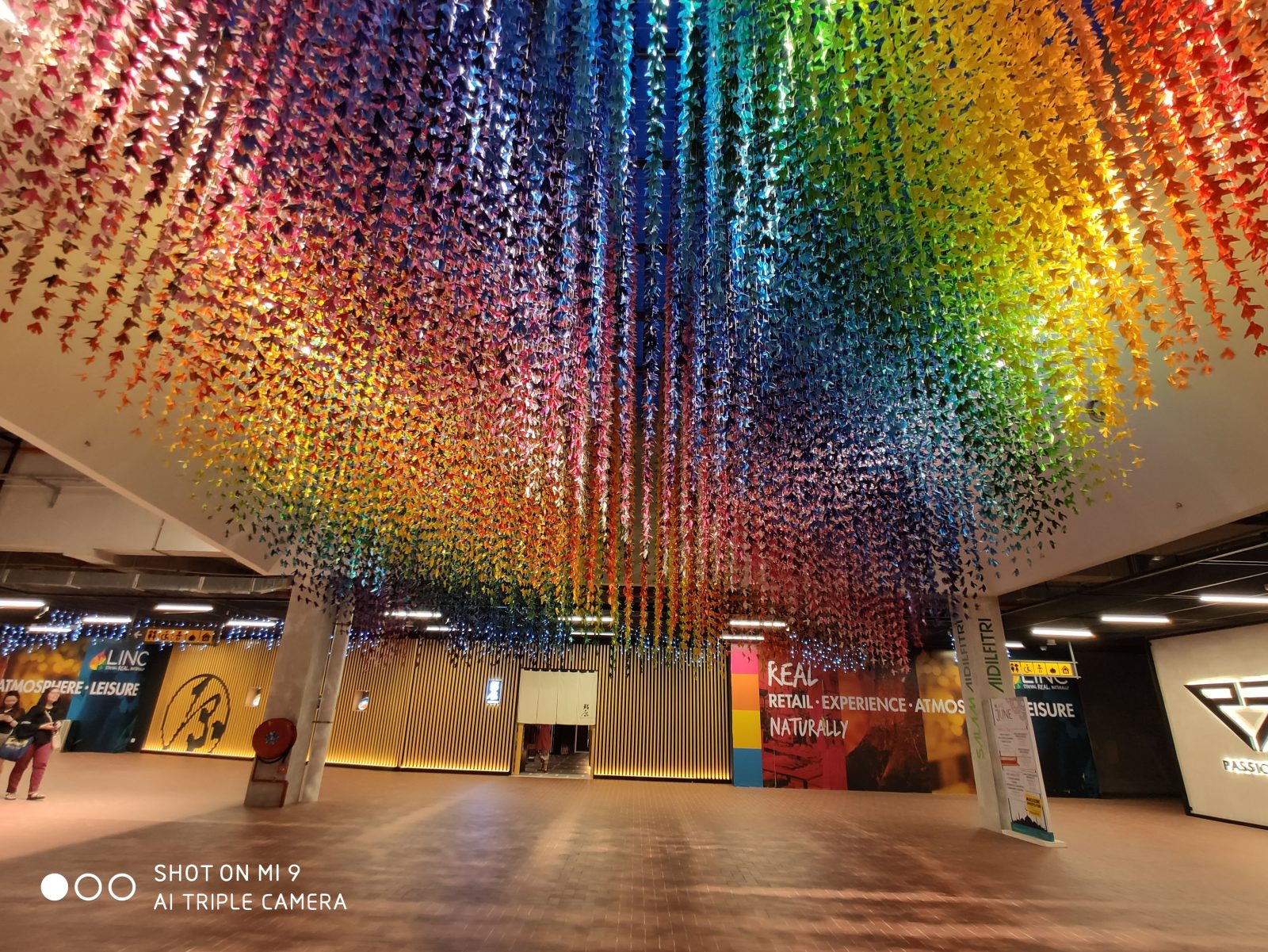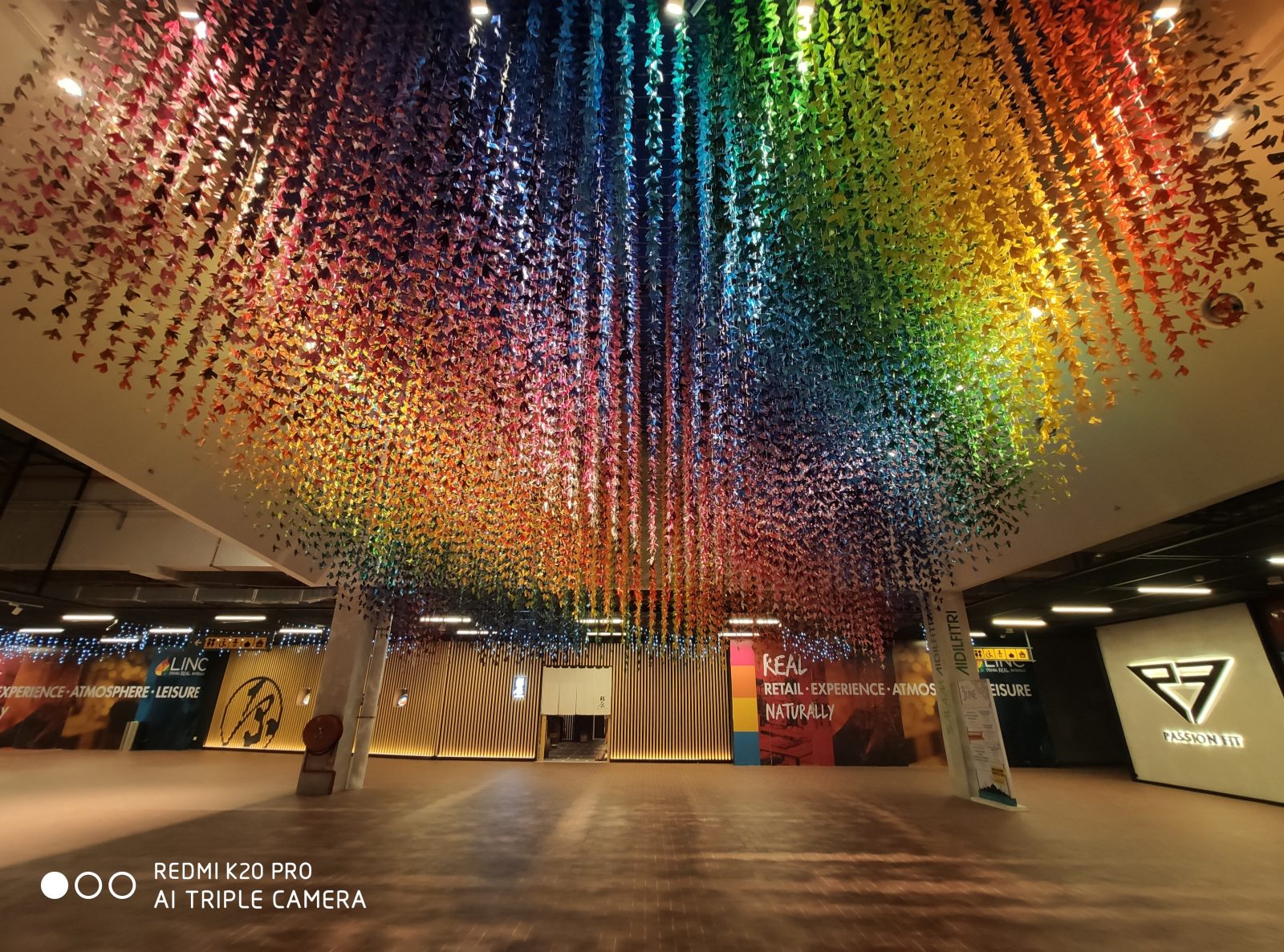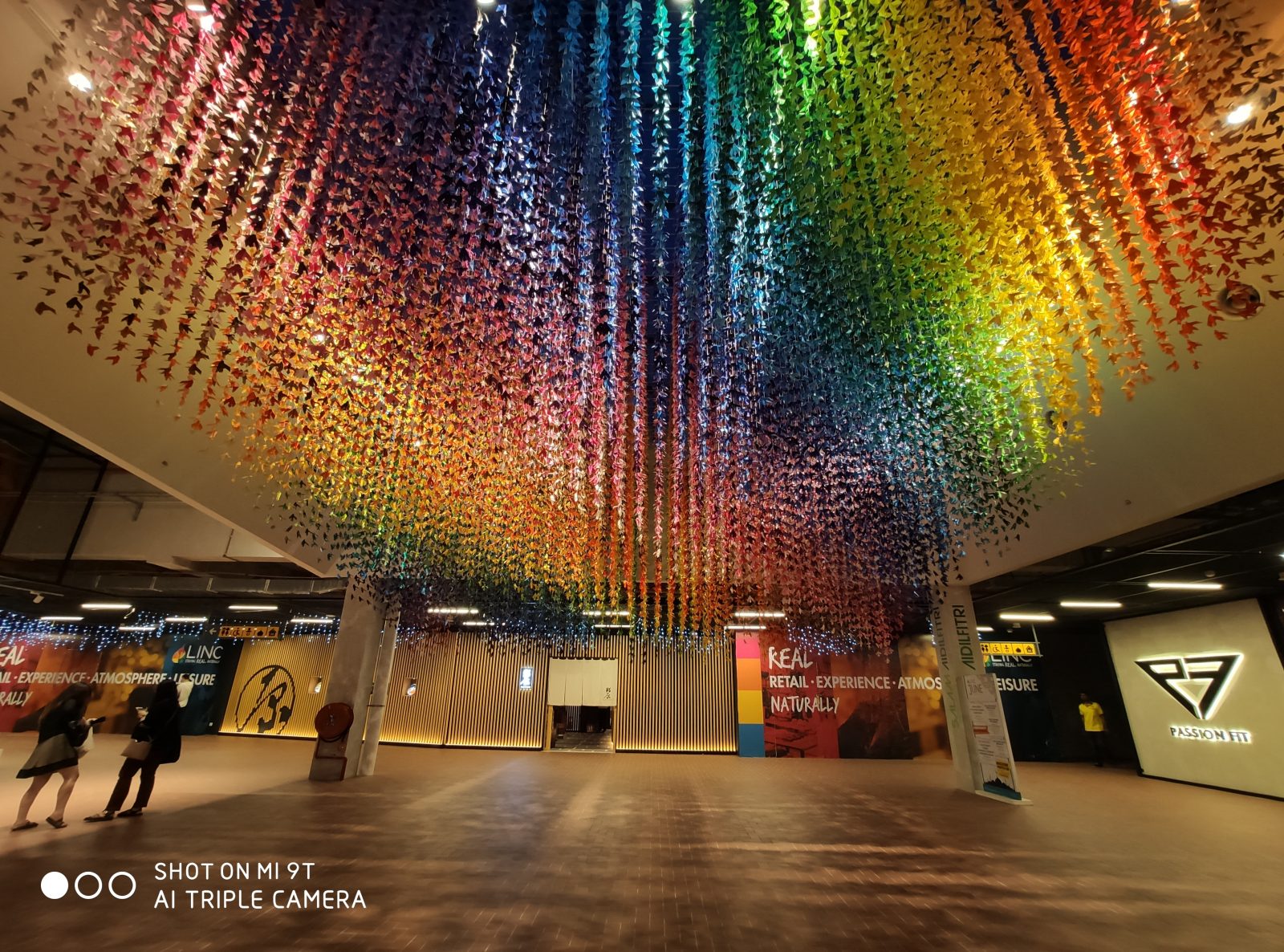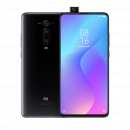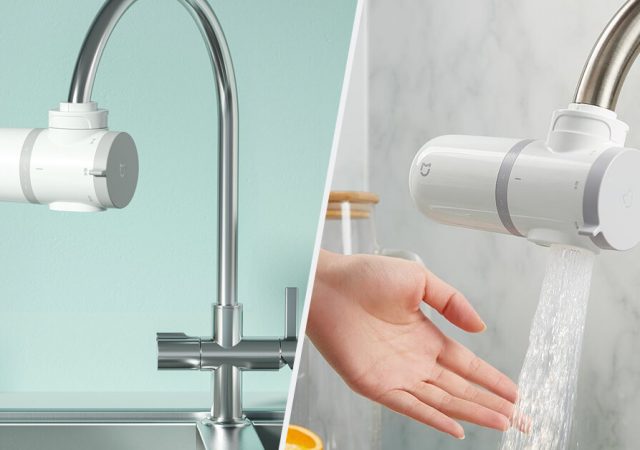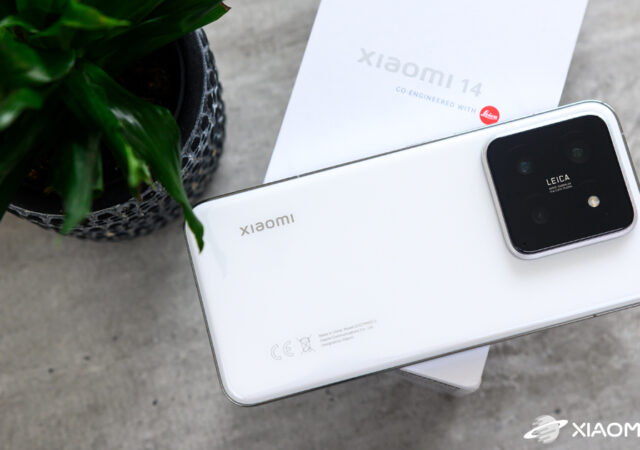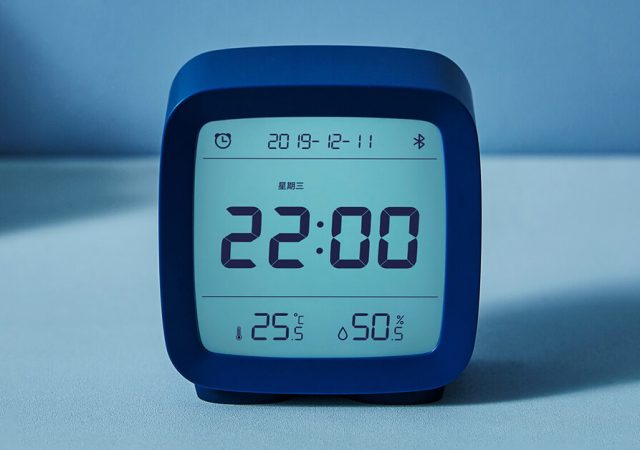Cameras in mobile phones are a widely used item. Progress in this area is unstoppable, and photos from some mobile phones have long outstripped the quality of photos from compact cameras.
The portal is behind the development of this quality comparison Soyacincau, to whom we hereby pay tribute to the excellent work done.
The quality of the photos was compared for the top three
Xiaomi released several premium mobile phones in the first half of 2019. Either under your own brand or under a brand Redmi. The three best of them have three rear cameras. And although it may seem that the cameras u Xiaomi Mi 9, Redmi K20 Pro or u Xiaomi Mi 9T are almost the same, appearances can be deceiving.
All three phones have a primary camera, a secondary telephoto lens and a third wide-angle sensor. But their sensors are different.
Although small, but the differences are there
Mi 9 and K20 Pro have the same only primary sensor. The remaining two cameras have different ones. Mi 9T differs in the primary sensor only by the frame rate in 4K video. They can shoot at a frequency of 30 fps, while the Mi 9 and K20 Pro up to 60 fps. Mi 9T a Redmi The K20 Pro has the same two secondary cameras.
Thanks to these variations, the photos taken by these phones were compared.
Here are the basic camera specifications in the table:
| Xiaomi Mi 9 | Redmi K20 Pro | Xiaomi Mi 9T | |
|---|---|---|---|
| Main camera | 48MPx Sony IMX 586 | 48MPx Sony IMX 586 | 48MPx Sony IMX 582 |
| 0.8µm f/1.75 | 0.8µm f/1.75 | 0.8µm f/1.75 | |
| telephoto lens | 12MPx | 8MPx | 8MPx |
| 1.0µm f/2.2 | 1.12µm f/2.4 | 1.12µm f/2.4 | |
| Wide angle sensor | 16Mpx | 13MPx | 13MPx |
| 1.0µm f/2.2 | 1.12µm f/2.4 | 1.12µm f/2.4 | |
| Front camera | 20MPx | 20MPx | 20MPx |
| 0.9µm f/2.0 | 0.8µm f/2.2 | 0.8µm f/2.2 |
The cameras in these phones have been tested under various lighting conditions, from the brightest to low light conditions. Each of the cameras was tested and during the test all three smartphones had the same conditions.
All photos were created with the same settings. Artificial intelligence was turned off during photography, and photos were created with a watermark for better device identification. Each shot was created with the phone in a tripod except for selfie photos from the front camera.
1. comparison - daylight
This photo was taken in daylight outdoors with diffused light during sunset. This environment allows you to compare the details that the camera is able to capture in this scene. Interestingly, even though the Mi 9 has the same software as its rivals, it produces a clearer image with less focus, making the photo appear more natural.
2nd comparison - little light
A completely dark environment was not used in this test. The scene has been set so that the subject is partially lit. The contrast is created by the shadows of the surrounding objects. Thanks to this, it is possible to see how the cameras can cope with different lighting, in low light conditions.
All three photos are almost identical. Again, the Mi 9 is slightly different, whose photograph is the brightest of the three and has a less pronounced contrast.
Now let's look at photos of the same scene that were created by setting the night mode.
When night mode is active, photos are definitely brighter. The used night mode mode creates a photo using the same method as when using the HDR function. The results are almost identical except for the slightly saturated image of the Mi 9T.
3. comparison - zoom
Each of the tested phones is equipped with a telephoto lens with a double zoom - that is, zooming. The test was performed in the mode of 1x, 2x and 10x zoomed object.
In this test, the Mi 9 wins, whose photos are significantly sharper and capture more detail. The difference of 12 MPx in Mi 9 compared to 8 MPx sensors in opponents is noticeable. The Mi 9T has the worst results and there was even a problem with this phone focusing on the subject when shooting with 2x zoom.
This small imperfection, however, can be easily removed in the next software update. Note the color diversity of all three cameras.
4. comparison - wide angle camera
Interestingly, the Mi 9T and K20 Pro have a slightly wider focal length, reaching around 12mm (35mm equivalent), while the Mi 9 is 13mm (35mm equivalent). However, the photo from the Mi 9 looks a little better.
Sharper details, less distortion and sharper images at the edges. However, the Mi 9T and K20 Pro also achieved good results and their photos in this case are not to be discarded at all.
5. comparison - portrait
Portrait mode is becoming more and more popular. At first glance, you can see the difference in these photos. Photo of Mi 9 offers higher contrast, richer colors. You can easily change the background blur by adjusting the aperture. The best results were obtained in values from f / 3.2 to f / 4.0.
6. comparison - selfie
In the last test, selfie photos were taken from the front camera. The standard mode without beautification effect was used. Even in this comparison, all the photos seem identical to us. Subjective, but again we rate Mi 9 as the best.
Evaluation at the end
Determining the winner of this test is not easy. All three phones shoot at a high level and the test photos are almost the same. In the telephoto and wide-angle sensor test, the Mi 9 has a bit on top, which could have been caused by other sensor parameters.
However, we can't say that the photos of the K20 Pro and Mi 9T are to be discarded. The closest to the victory is Xiaomi Mi 9. Certain improvements can be achieved with various settings or using another camera application.
We last updated the prices in this article on 29.6.2019 at 14:10
Xiaomi Mi 9 Global
Price from: 319,97 € / CZK 8266
Xiaomi Mi 9T Global
Price from: 287 € / CZK 7650
Redmi K20 For CN
Price from: 338,85 € / 8679 CZK
We also send comparisons of Xiaomi smartphones by e-mail. Subscribe today. ?



